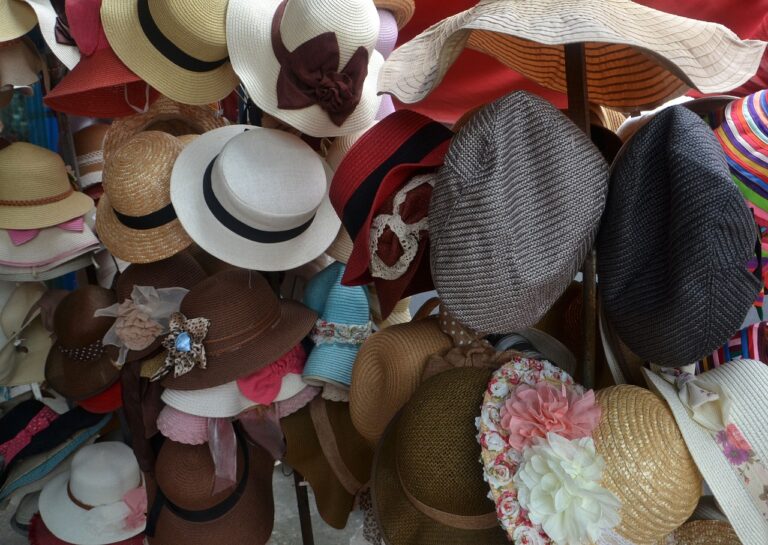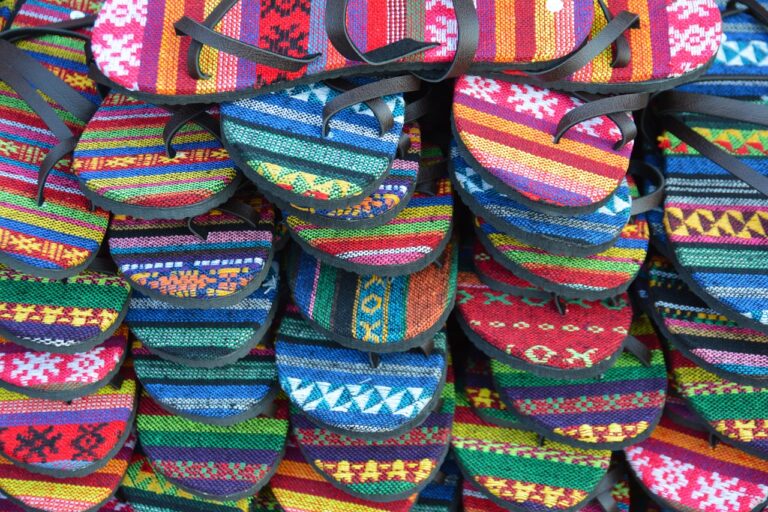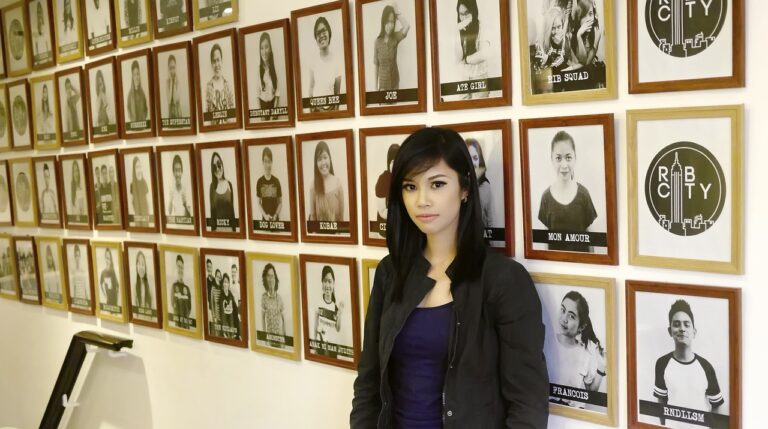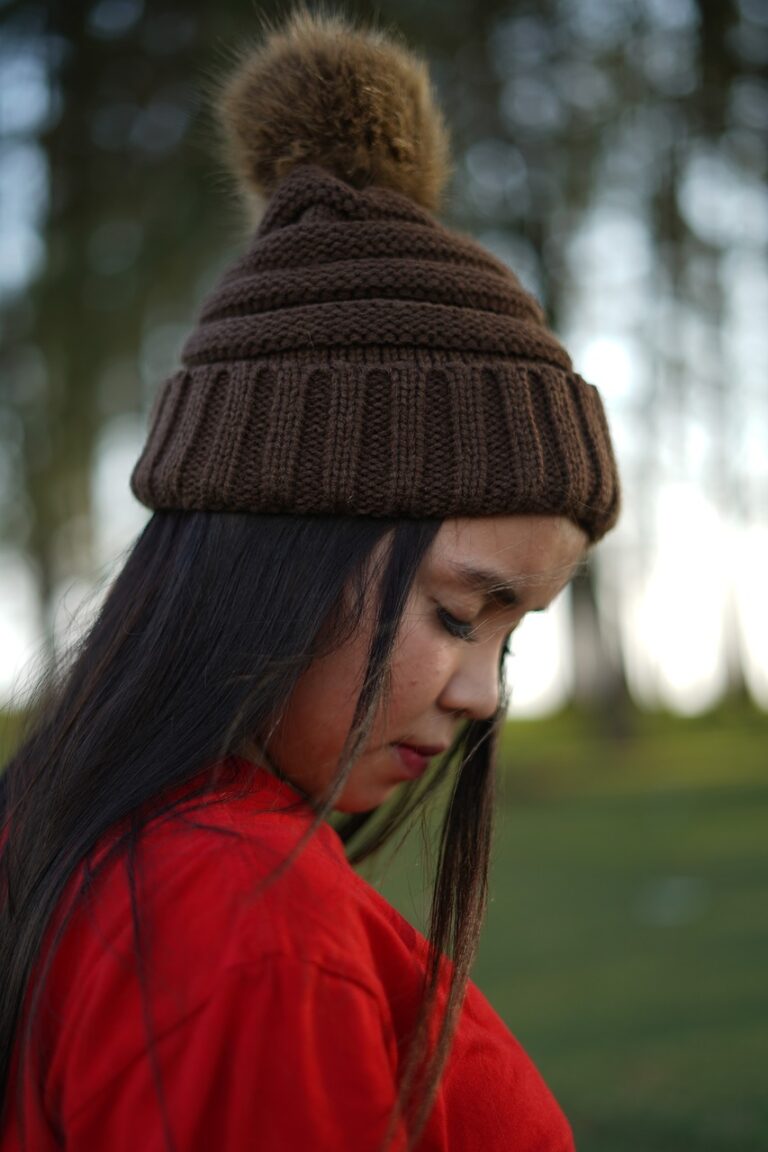The Resurgence of Vintage Fashion: Nostalgia Meets Sustainability
In recent years, there has been a notable resurgence in the popularity of vintage fashion. From retro-inspired clothing to upcycled accessories, consumers are increasingly turning to pieces from the past to make a style statement. This revival of vintage fashion is not just a trend it represents a shift towards sustainability in the fashion industry. By embracing pre-loved garments and supporting second-hand markets, fashion enthusiasts are contributing to a more environmentally conscious way of consuming fashion. In this article, we will explore the intersection of nostalgia and sustainability in the resurgence of vintage fashion.
The History of Vintage Fashion
Vintage fashion refers to clothing and accessories from previous eras that are typically at least 20 years old. This broad category encompasses a range of styles, from the elegant silhouettes of the 1920s to the bold prints of the 1980s. The appeal of vintage fashion lies in its uniqueness and craftsmanship, as well as the historical and cultural significance of each piece. Over the years, vintage clothing has experienced waves of popularity, with certain decades and styles gaining renewed interest from modern fashion enthusiasts.
The Rise of Vintage Fashion in the Digital Age
The digital age has played a significant role in the resurgence of vintage fashion. Online marketplaces and platforms have made it easier than ever for consumers to access a wide variety of vintage clothing and accessories. Social media influencers and celebrities have also helped popularize vintage fashion, showcasing how to style vintage pieces in a contemporary way. As a result, vintage fashion has become more accessible and mainstream, appealing to a diverse range of style preferences.
Nostalgia and Personal Style
One of the key drivers behind the popularity of vintage fashion is nostalgia. Many consumers are drawn to vintage pieces because they evoke memories of a bygone era or a specific cultural moment. Vintage clothing can serve as a form of self-expression, allowing individuals to connect with their past or create a unique personal style. By incorporating vintage elements into their wardrobe, fashion enthusiasts can make a statement that reflects their individuality and creativity.
The Sustainability of Vintage Fashion
Aside from its nostalgic appeal, vintage fashion also offers a sustainable alternative to fast fashion. The fashion industry is one of the most resource-intensive and polluting industries in the world, with clothing production contributing to water pollution, deforestation, and greenhouse gas emissions. By choosing to buy vintage clothing, consumers can reduce their environmental impact by extending the life cycle of garments and decreasing the demand for new production.
Upcycling and DIY Fashion
Another aspect of the vintage fashion resurgence is the rise of upcycling and DIY fashion. By repurposing old clothing or creating new pieces from vintage fabrics, individuals can transform outdated garments into unique and personalized creations. Upcycling not only reduces waste but also encourages creativity and self-sufficiency in fashion design. Many fashion enthusiasts are turning to upcycling as a sustainable and creative way to refresh their wardrobe and express their individual style.
The Economic Impact of Vintage Fashion
Aside from its environmental benefits, vintage fashion also has a positive economic impact. The growing demand for vintage clothing has created opportunities for small businesses and independent sellers in the vintage market. Thrift stores, online vintage boutiques, and flea markets have seen increased sales as more consumers seek out one-of-a-kind vintage pieces. By supporting vintage sellers, consumers can contribute to a more diverse and resilient fashion economy.
The Future of Vintage Fashion
As the fashion industry continues to grapple with sustainability challenges, the resurgence of vintage fashion offers a promising alternative. By embracing pre-loved garments, upcycling old clothing, and supporting vintage sellers, consumers can make a positive impact on the environment and the fashion industry as a whole. The future of fashion lies in a more conscious and ethical approach to consumption, and vintage fashion represents a step in the right direction towards a more sustainable and stylish wardrobe.
Conclusion
The resurgence of vintage fashion is a testament to the enduring appeal of timeless style and sustainability. By incorporating vintage pieces into their wardrobe, consumers can express their individuality, support small businesses, and reduce their environmental impact. Nostalgia meets sustainability in the world of vintage fashion, offering a unique and meaningful way to engage with fashion history and create a more conscious wardrobe.
FAQs
What is the definition of vintage fashion?
Vintage fashion refers to clothing and accessories from previous eras that are typically at least 20 years old. These pieces are valued for their uniqueness, historical significance, and craftsmanship.
How can I incorporate vintage fashion into my wardrobe?
There are many ways to incorporate vintage fashion into your wardrobe, from purchasing pre-loved garments from thrift stores or online vintage boutiques to upcycling old clothing and accessories into new creations. Experiment with mixing vintage pieces with modern staples to create a unique and personalized style.
Is vintage fashion sustainable?
Yes, vintage fashion is considered sustainable because it extends the life cycle of garments, reduces the demand for new production, and helps to minimize waste in the fashion industry. By choosing to buy vintage clothing, you can make a positive impact on the environment and support a more conscious approach to fashion consumption.







